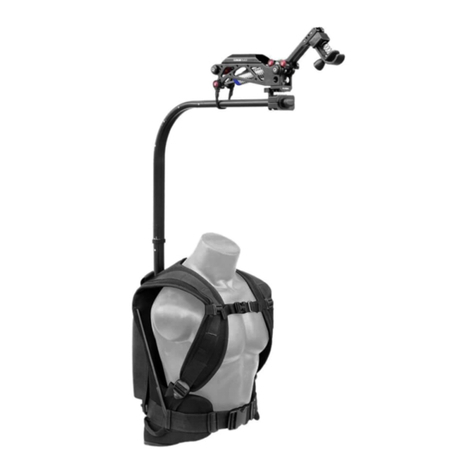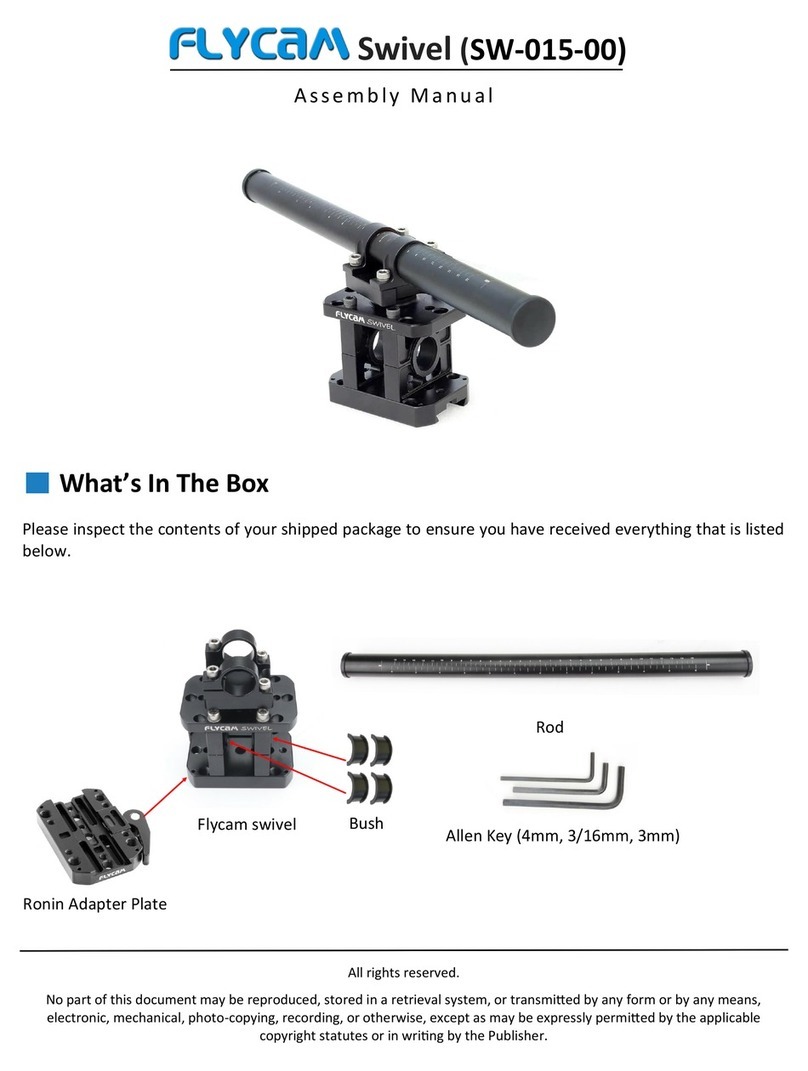Flycam FLCM-JR User manual














Other Flycam Camera Accessories manuals

Flycam
Flycam buddy flcm-bdy User manual

Flycam
Flycam DSLR-NANO-QR-BL User manual

Flycam
Flycam FLCMHD-3-QT User manual

Flycam
Flycam VSTA-ZEST User manual
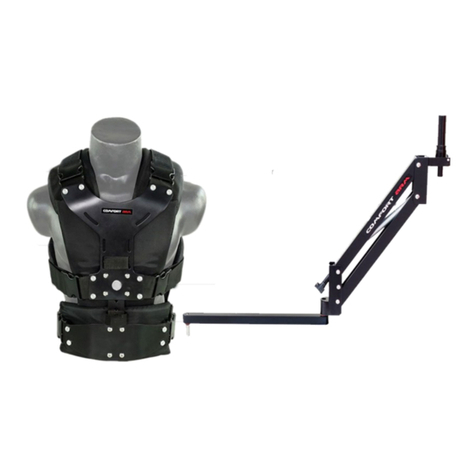
Flycam
Flycam CMFT-AV User manual
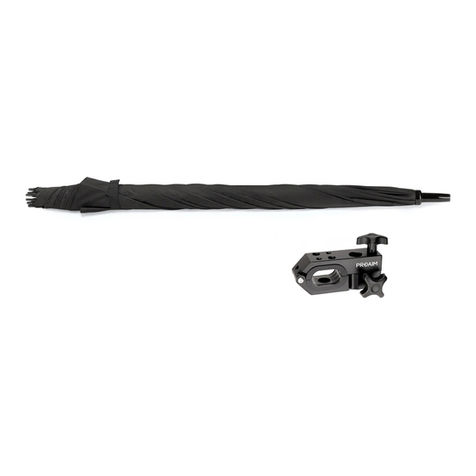
Flycam
Flycam FLCM-FLN-UMH-01 User manual

Flycam
Flycam FLCM-FLN-SM User manual

Flycam
Flycam FLCM-DN-HD-QT User manual

Flycam
Flycam FLCM-NANO-QR User manual

Flycam
Flycam FLCM-FLN-PA User manual

Flycam
Flycam Zest Pro User manual
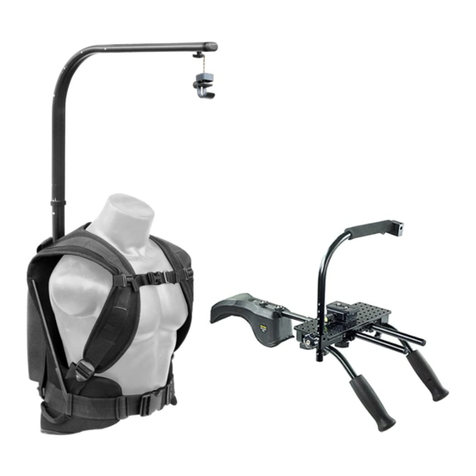
Flycam
Flycam FLCM-FLN User manual
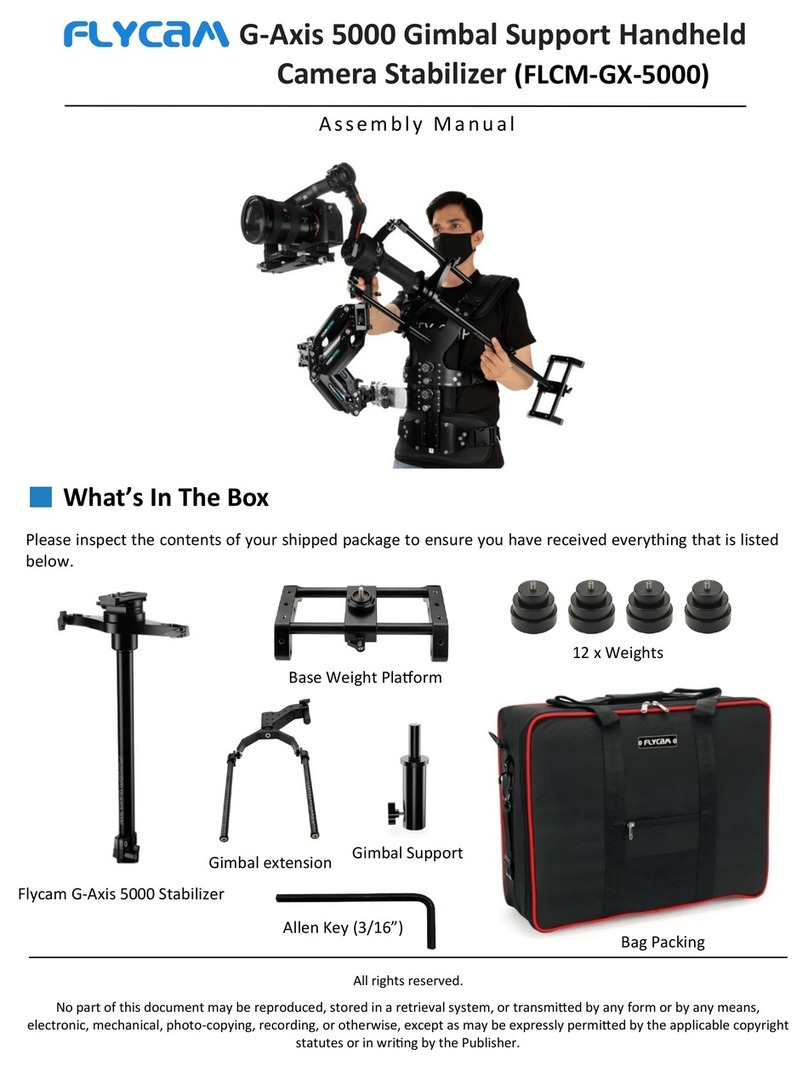
Flycam
Flycam 5000 User manual

Flycam
Flycam HD-3000 User manual
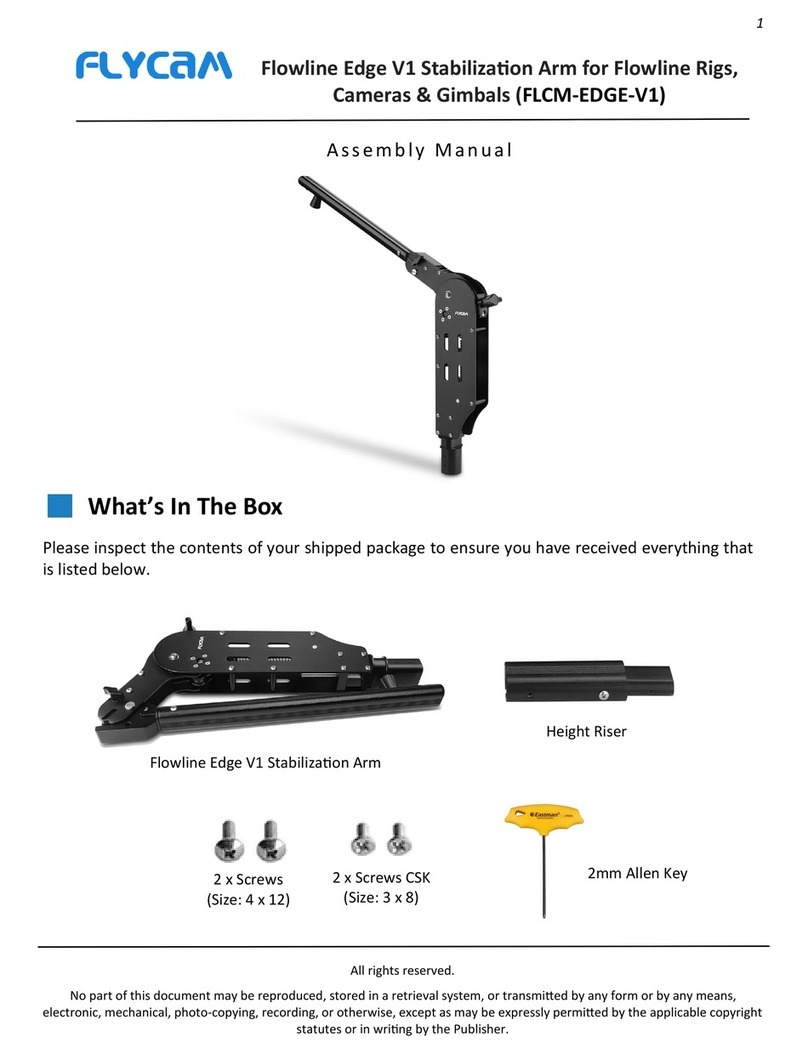
Flycam
Flycam FLCM-EDGE-V1 User manual

Flycam
Flycam FLCM-RK User manual

Flycam
Flycam FLCM-RK User manual

Flycam
Flycam Vista-II User manual

Flycam
Flycam FLCM-BP User manual

Flycam
Flycam 5000 PRO User manual
Popular Camera Accessories manuals by other brands

Trojan
Trojan GC2 48V quick start guide

Calumet
Calumet 7100 Series CK7114 operating instructions

Ropox
Ropox 4Single Series User manual and installation instructions

Cambo
Cambo Wide DS Digital Series Main operating instructions

Samsung
Samsung SHG-120 Specification sheet

Ryobi
Ryobi BPL-1820 Owner's operating manual


